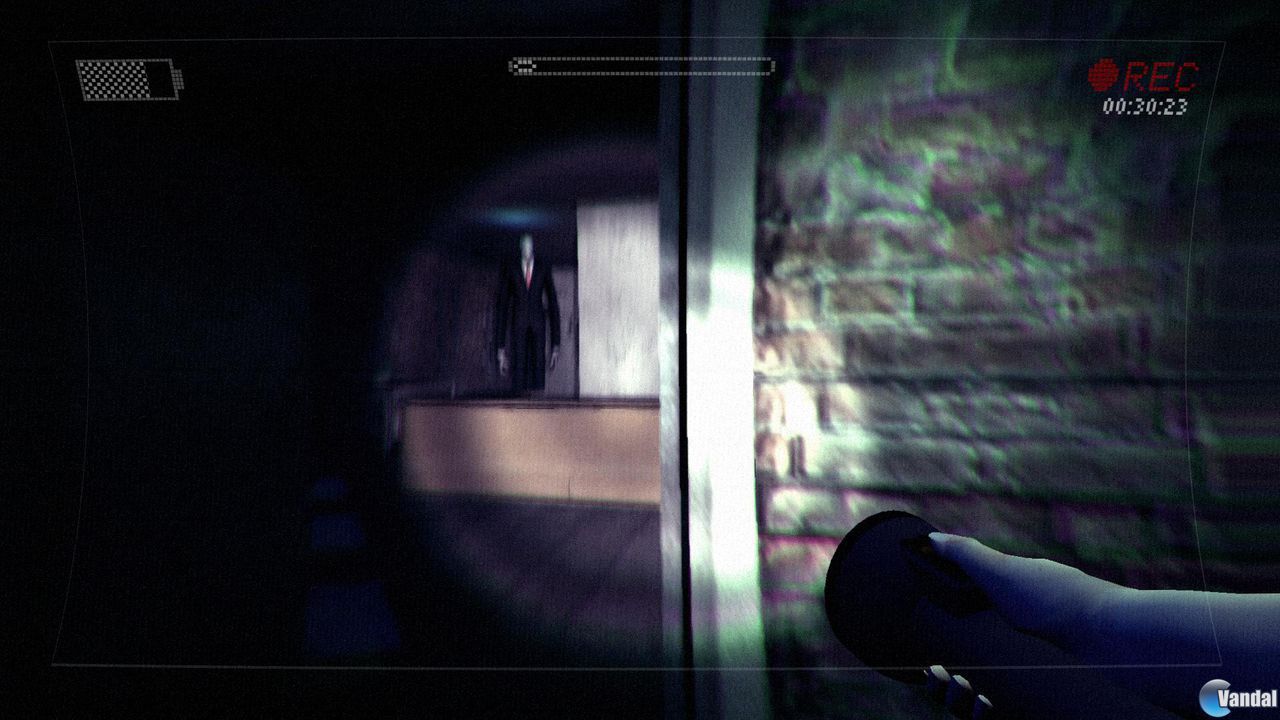

The program takes into account the load application point of transverse loads, which has a decisive effect on the torsional resistance. The elastic critical moment for lateral-torsional buckling required for the lateral-torsional buckling analysis can be determined automatically or specified manually. In addition, the stabilizing effect of purlins and sheets can be taken into account by rotational restraints and shear panels.īased on the boundary conditions, RF-/STEEL EC3 determines the slenderness ratios and elastic critical buckling loads. You can also define additional lateral restraints in order to represent the model close to reality. In the stability analyses, you can specify separately for each member or set of members whether flexural buckling in y- and/or z-direction is possible. RF-/STEEL EC3 determines the c/t-ratios of the cross-section parts subjected to compression and carries out the classification automatically. This way, the limitation of the capacity to withstand stresses as well as the rotational capacity due to local buckling of cross-section parts is checked. It is possible to choose among the interaction formulas given in the standard.Īn essential part of the verification according to Eurocode 3 is the classification of the cross-sections to be designed into the classes 1 to 4. In the ultimate limit state design, the add-on module considers the effect of various loadings. RF-/STEEL EC3 performs all typical ultimate limit state designs as well as stability and deformation analyses.

#Slender the eight pages online demo manual
In the following, the add-on modules of both main programs are described in one manual and are referred to as RF-/STEEL EC3.


 0 kommentar(er)
0 kommentar(er)
